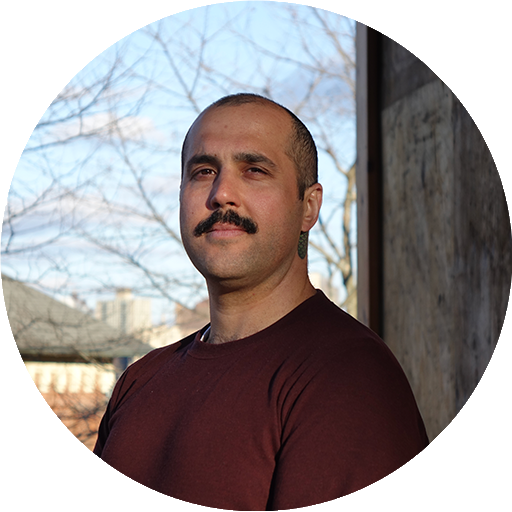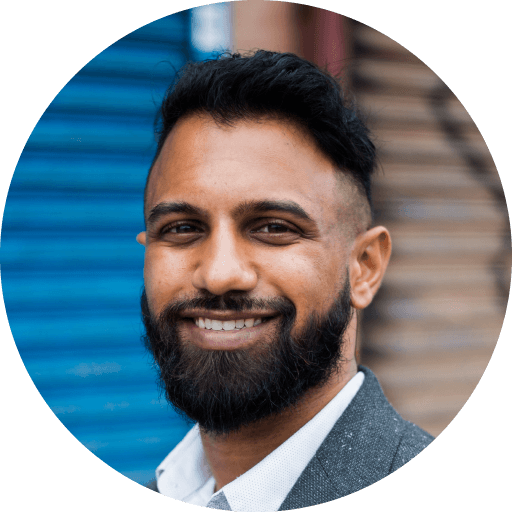Her Lips Are Blue, Her Dances Unpredictable
Brian Seibert, New York Times
Brian Seibert, New York Times
Near the start of the choreographer Keely Garfield’s Perfect Piranha on Friday, she filled her mouth with water and spit on the floor. Then she filled her mouth again and pursed her blue-painted lips close to the faces of viewers in the small Chocolate Factory theater. Where would she spit next?
Not on her audience. Despite the toothy title of her latest work, Ms. Garfield isn’t an assaultive artist. But she is a delightfully unpredictable one. The moment-to-moment suspense about what she might do is a pleasure, even if what she ends up doing isn’t always momentous.
Like most of Ms. Garfield’s pieces, Perfect Piranha can seem randomly assorted. She and the three other dancers (Paul Hamilton, Raja Feather Kelly and Emma Rose Brown) keep coming and going, debuting a different kooky outfit with each entrance.
But this hourlong work accrues a particular urgency and momentum. The dancers hurl their bodies around with violent force, sometimes in rough ballet steps, sometimes as if on horseback. They stomp on a wooden platform loudly, insistently. Ms. Garfield leads the pack in what often feels like a war dance.

This choreographer organizes by dream logic, and for those itching to interpret, recurring imagery can be noted. At one point, wearing a plastic rain poncho, she complains about how hot she is and incidentally about the warming planet. A later section appears to take place underwater, with Madeline Best’s lighting dimming to submarine hues and Jeff Berman’s sound score providing wet noises along with faint maniacal laughter à la Vincent Price. Ms. Garfield’s imagination seems to be saturated by heavy weather.
Elsewhere, the sonic accompaniment is British music-hall songs or Édith Piaf’s “Non, Je Ne Regrette Rien” or church bells. But the work ends with no sound other than footfalls, as the performers do a long, effortful, intricate dance in unison, dressed in gold and white unitards like Children of the Sun. This is not a war dance. It’s more like prayer.
It’s typical of Ms. Garfield to make the relationship between sincerity and irony ambiguous. When the dancers weep hysterically about some guy named Tony, the emotion is camp; the scene is comic relief. And when Ms. Garfield begins the work by telling the audience, “None of us can do this alone,” you might wonder if her tongue is in her cheek. But when the work ends with the dancers turning in a circle, hand in hand as the lights fade, it’s pretty clear that she means it.
Brian Seibert for the New York Times – December 4, 2017.





























